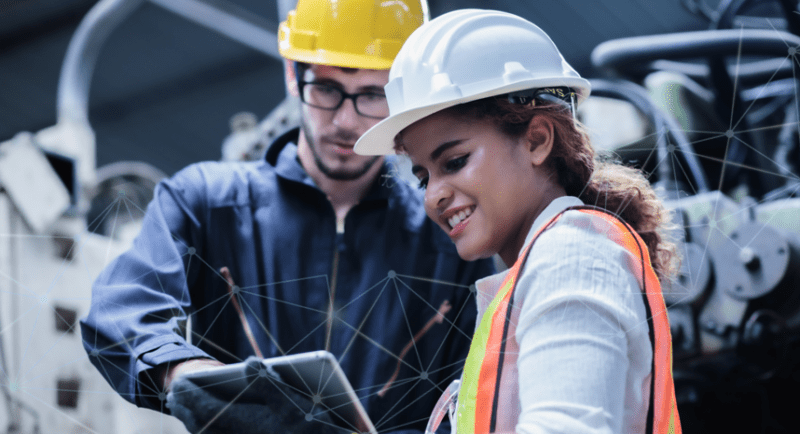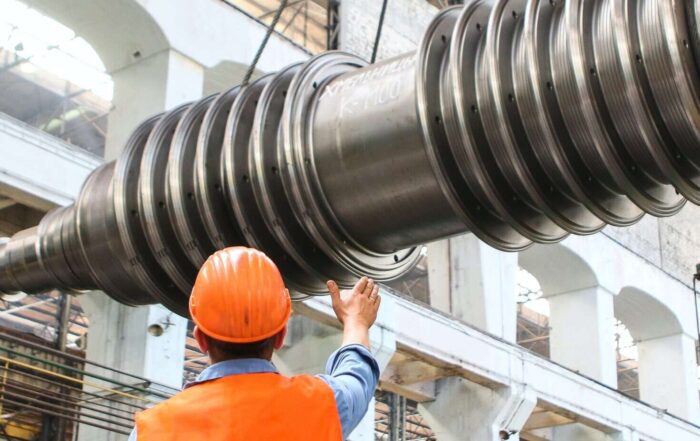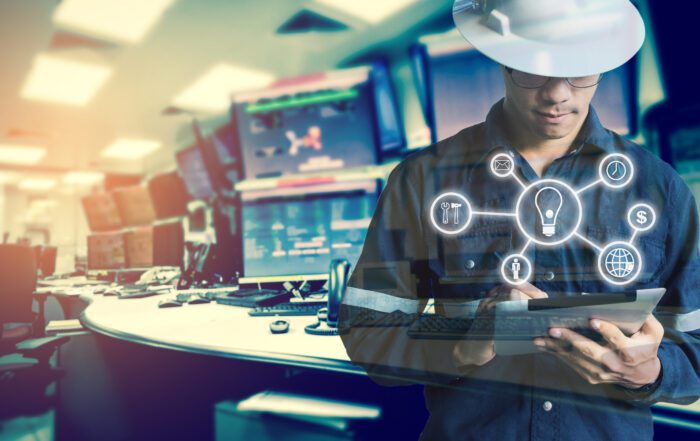What is risk based inspection?
Risk based inspection (RBI) is an asset integrity management methodology used to prioritize assets for inspection based on associated risks. By focusing inspections on priority assets, RBI maximizes resources by concentrating them on equipment with higher risks while avoiding assets with inconsequential risk.
RBI is a prioritization tool examining Health, Safety, and Environment (HSE) risks, as well as operational risks, as a means to rank failure consequence. Used effectively, it assesses items based on the probability of failure (PoF) and the consequence of failure (CoF) and categorizes each item for inspection priority.
A generic way to estimate risk in a risk based inspection program is: Probability of Failure (PoF) x Consequence of Failure (CoF) = Risk
Probability of failure
PoF is the first half of the risk equation used in the RBI methodology. Typically, PoF is expressed in terms of frequency and can be defined as the possibility that a specific asset will fail during a given timespan. A PoF analysis evaluates every known damage mechanism and potential degradation mechanism that poses risk to the piece of equipment being studied.
Consequence of failure
The CoF analysis estimates failure consequences resulting from a failure mode due to an identified damage mechanism(s). The purpose of the CoF analysis is to categorize assets based on the potential failure significance. Failure consequences are typically categorized in three groups:
- Health and safety impacts
- Environmental impacts
- Business impacts
Benefits of Risk Based Inspection
The primary outcome of an RBI assessment are inspection and Integrity Operating Windows (IOWs) to manage risks at the asset level. These strategies will categorize risks based on their health, safety, environmental, or business consequences.
Implementing a risk based inspection program provides the following:
- Overall reduction in risk for the assets assessed
- An understanding or acceptance of the current risk
- To maintain license to operate
In oil and gas, turnarounds (TARs) are a major source of maintenance costs and accidents. Revenue is greatly impacted during a turnaround as the facility is non-operational, causing losses in production. From an operational perspective, it is beneficial to reduce turnaround exposure while maintaining safety.
Using RBI, the number of inspections necessary is reduced and can be eliminated during the scope of a TAR. Considering the size and impact TARs have on maintenance costs, reducing TARs by even a few days has significant impact on revenue.
RBI also helps to extend inspection intervals and reduce scope. As part of the assessment, RBI identifies equipment that poses little to no risk. These low risk assets require low inspection coverage and minimal mitigation because of the acceptable level of risk they pose to safety or operations. Prioritizing resources towards higher risk equipment, while reducing inspections on non-critical assets, streamlines risk based maintenance while reducing costs. Additionally, because the number of inspections is reduced, the volume of data is proportionally reduced as well, leading to a smaller data set and more accurate information.
Conclusion
When implemented appropriately, a RBI program provides numerous advantages to both oil and gas industries as well as industries outside the hydrocarbon and chemical process industry. While not the primary goal, RBI reduces maintenance costs by more efficiently allocating inspection resources on high risk equipment, it increases safety by giving organizations a better understanding of their risks, and it maintains business operations by focusing on risks that threaten critical processes.
📰 Watch our Recorded Webinar – Asset Performance: Assess and improve
Get inspired
Cleopatra Enterprise and MaxGrip announce a strategic partnership to enhance Turnaround Management. This collaboration combines Cleopatra's cost engineering software with MaxGrip's Asset Performance Management expertise, aiming to optimize Shutdowns, Turnarounds, and Outages (STO) for clients worldwide.
We explore how proper data management can lead to significant increases in equipment updates and reduce overall inventory carrying cost.
Webinar in partnership with UReason and Ultimo. The webinar focuses on technology, processes and organization to kickstart asset performance improvements.





